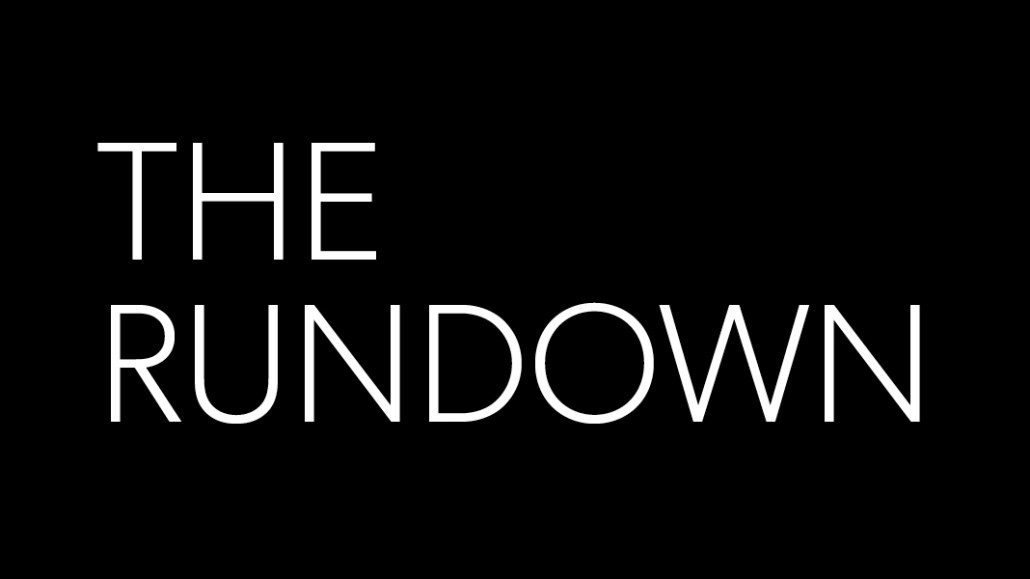
Facebook has grand ambitions in video. Mark Zuckerberg himself has said the feed will be mostly video in a few years, and Facebook is clearly eyeing TV.
But for many video creators, Facebook simply doesn’t measure up when it comes to turning views into dollars. That was a big takeaway from conversations last week at the Digiday Video Anywhere Summit in New Orleans. One publisher termed the monetization on Facebook “terrible.” Said another: “The audience bails when the midroll hits.”
Part of the issue: control. Facebook is giant, so it continues to act as a closed network. That means it doesn’t allow for third-party monetization. Facebook has a tremendous amount of demand, but this holds it back, one publisher complained. This is a similar complaint I’ve heard with Instant Articles, where Facebook is slowly opening to outside monetization capabilities like content-recommendation ads.
Here’s our senior reporter Sahil Patel’s take on Facebook challenges in video monetization:
Publishers involved in Facebook’s mid-roll beta test say they are seeing some revenue from the product — though this early on — dollars are closer to Facebook’s “Suggested Videos,” which many regard as a failure. There’s definitely money to be made if publishers have a certain level of scale, but obviously that’s only a handful of media companies. Even those that are optimistic about the future of Facebook mid-rolls are still struggling with Facebook’s control over the product: Facebook is selling the ads, which sometimes means seeing ads that have very little to do with the content of the video. More importantly, mid-roll partners are seeing a significant drop-off among viewers once the ad loads, which can’t happen in the first 20 seconds of the video. It’s forcing publishers to rethink how they creatively approach Facebook video and produce more longer-form pieces — which is ultimately what Facebook wants.
Coming up in the next issue of Digiday magazine
As I mentioned last week, we will debut our first list: Digiday Changemakers, 50 people making change happen on the ground in digital media and marketing. The 80-odd page issue will have lots more, including:
An homage to the Lumascape, only for Cannes in plotting out the different types of “famous” for that crazy week in the French Riviera.
A profile of Jennifer Wong, the president of digital at Time Inc., as she takes on the big task of reorienting the storied publisher for a digital future.
The case that brands are actually to blame for most of digital media’s problems, from opaque business practices to bad ads to perverse incentives.
The oral history of “Whopper Sacrifice,” a groundbreaking digital campaign CP+B created for Burger King in 2009.
Reminder: Slack Town Hall on Thursday with The Washington Post’s Jarrod Dicker
We kicked off our Digiday+ Slack Town Hall series two weeks ago with a conversation with Dotdash CEO Neil Vogel. You can read highlights here. This week, on Thursday at 2 p.m. ET, we’re welcoming Jarrod Dicker, head of ad product and technology at The Washington Post. Jarrod will discuss why the Post sees tech as a core competency and how it untangles the real from the not-so-real in ad tech.
More in Future of TV

‘A year of loose ends’: Digiday editors share top takeaways from 2025
This year was filled with major developments – from Netflix’s planned WBD deal to Omnicom’s acquisition of IPG to Google’s ultimately cookie reversal – and Digiday editors Sara Jerde and Seb Joseph help to recap the year that was (and wasn’t).

Future of TV Briefing: How the future of TV shaped up in 2025
This week’s Future of TV Briefing looks back at the top topics and trends that overtook the TV, streaming and digital video industries in 2025.

Programmatic agency execs speak out on CTV transparency
At the recent Digiday Programmatic Marketing Summit, agency executives spoke out — on stage and in behind-closed-door town hall sessions — on how they see transparency in CTV.





